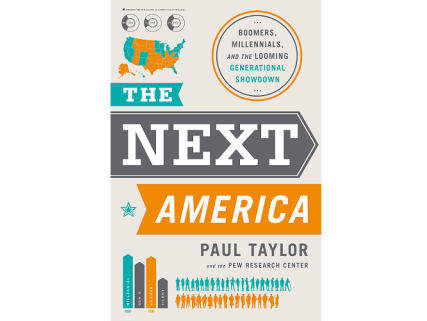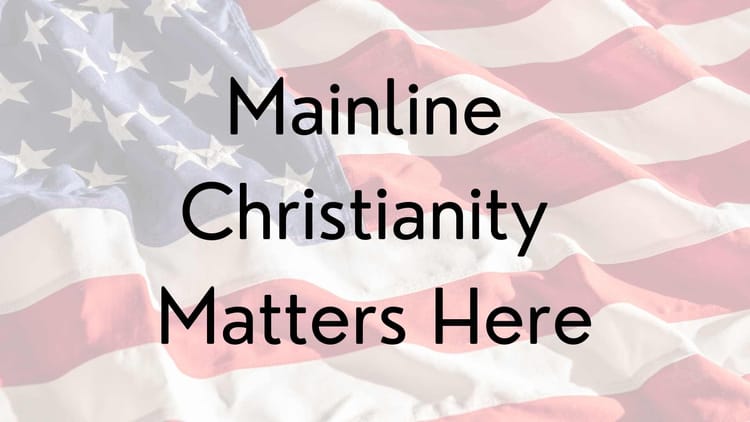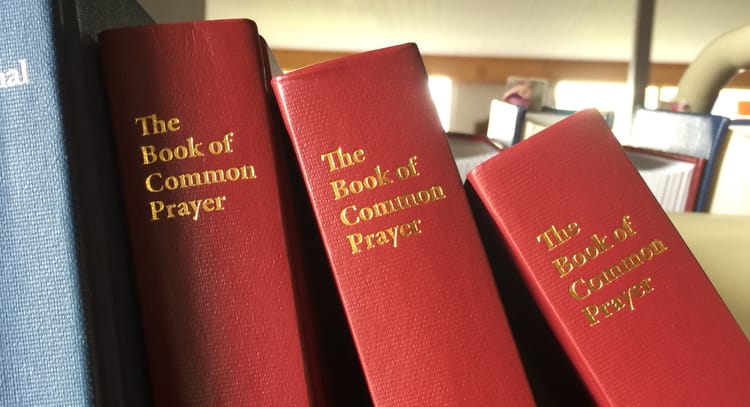Next America 11: Aging happens? Maybe not.

This post is part of an ongoing series summarizing and reflecting on The Next America: Boomers, Millennials, and the Looming Generational Showdown from the perspective of an Episcopal priest.
Section Summary
Chapter 11 of The Next America: Boomers, Millennials, and the Looming Generational Showdown went by quickly; it’s one of the shortest in the book. This chapter focuses on aging: how it’s changing, and the difference between the perceptions of aging and the reality. I’m solidly middle-aged these days, and it was illuminating to get a peek ahead (assuming I am fortunate enough to live into old age). Here’s the summary:
How have aging and death changed over time?
- Life expectancy at birth in the US has risen about a year every six years.
- By the middle of the 21st century, close to half a million people in the US will be at least 100 years old.
What’s the latest on this topic?
- Scientists are seeking ways to slow down the aging process: extending the lifespan further or eliminating it completely.
- One strand of research is looking for ways to merge humans with machines, bioengineering immortality or its lesser cousin, “radical life extension,” which could enable the general population to live past 100.
- Significant moral questions arise with the possibility of the elimination of mortality. Theologian Stanley Hauerwas comments, “Death… creates an economy that makes love possible.”
What do people think about the possibility of bioengineering immortality or radical life extension?
- Public attitudes toward radical life extension are mixed.
- More than half of respondents don’t want to utilize such technologies personally.
- However, a clear majority says “most people” will want to slow the aging process.
- About 6 in 10 say such treatments would be “fundamentally unnatural.”
Assuming aging continues, when does it start and what is it like?
- People under 30 think “old age” begins at 60; middle aged people think it begins at 70; those over 65 say that the average person doesn’t become old until age 74.
- The average age that people aspire to live is 89.
- Troubles associated with aging tend to accelerate after age 80.
- Perceptions of aging don’t cohere with reality. Aging is perceived to be both better and worse than it actually is.
- Young people expect benefits of aging (more time with family, hobbies, volunteerism, etc.) that don’t reliably occur.
- Young people expect aging to be negative in ways (illness, poverty, memory loss, etc.) that don’t happen consistently either.
Churchwork Reflections
Until I read this chapter, I was not aware that there was any possibility that life could be radically extended or that anyone was working on eliminating death. What I learned led me to an interview from Religion & Ethics Newsweekly which served as another wake-up call about current work in bioengineering.
It’s almost unfathomable to me that anyone would attempt to cheat death, yet one of the leaders of this movement has already proven himself to be perfectly competent at inventing the future. Could making death optional be his latest invention? And news articles about 3D printing of human organisms like this one make it evident that science is advancing quickly – if not for eliminating death, then certainly for re-engineering human experience.
But let’s assume that aging will continue more or less as it is for the time being. That leads us to an earlier post in this series, Did We Decide to be a Graying Church?
Today’s chapter leads me to ask another question: how can we minister well with the people in our pews? If half of all Episcopalians are over 50, with almost a third over 65, clearly older people find organized religion meaningful. But there are certainly people over 50 and/or 65 who aren’t connected with a faith community. Are there ways to reach out to the large population of older people in America who may feel overlooked and/or neglected?
Dorothy Linthicum thinks so. After stepping aside as Program Director for the Center for the Ministry of Teaching, she’s remaining part of Virginia Theological Seminary’s teaching staff and shifting her focus to working with older populations. “Despite the high proportion of older people in our churches, programming and interest in their spiritual growth is almost nonexistent,” she writes.
At the eFormation Conference 2014 at VTS in June, one of the plenary speakers, Meredith Gould, asked us, “Who is your target audience?” She then said a church’s target audience should be the people sitting in the pews, not some unrepresented demographic.
A strategy for ministry with older adults may be the best option for many of our smaller churches, especially those in rural areas which may not have strong non-profit agencies for practical ministries with older people. (It is truly crass to say this, but a two-part initiative to minister to older adults and to build endowment funds through estate giving could result in longer-term sustainability for congregations which would otherwise close in the next twenty years. A person who feels cared for by a church may be glad for the opportunity to leave a portion of their estate to continue such ministry, enabling the church to continue to witness to the gospel in that community.)
Church leaders who want to make a difference in their community and reach out to people who would feel at home in their congregations should seek new visions for ministry with older adults. Despite my crass suggestion, the only way this is ministry is if it is driven by authentic caring and engaged regardless of the potential for financial resources.
It’s worth asking whether the church has overemphasized reaching young families to such a degree that older people feel marginalized in our pews – despite the fact that older adults are demographically in the majority!
From Reflection to Action
It’s clear to me that I need to learn more about current work in bioengineering and nanotechnology. The field is controversial enough that I hardly know what to read. Bill McKibben’s book Enough: Staying Human in an Engineered Age looks good. Has anybody read it? Is there something better out there? Who is ahead of me on this topic and can help me get up to speed?
It’s equally clear that along with developing strategies to reach families with children, the church needs to consider ways to reach older adults. I’m continuing to work on developing a site focused on practicing faith at home, and it occurs to me that it should be truly intergenerational, appealing to grandparents as well as to children and youth. This will be quite a challenge!
Do you know any good examples of churches with outreach to older adults?
What would intentional outreach to older adults look like in your context?





Member discussion